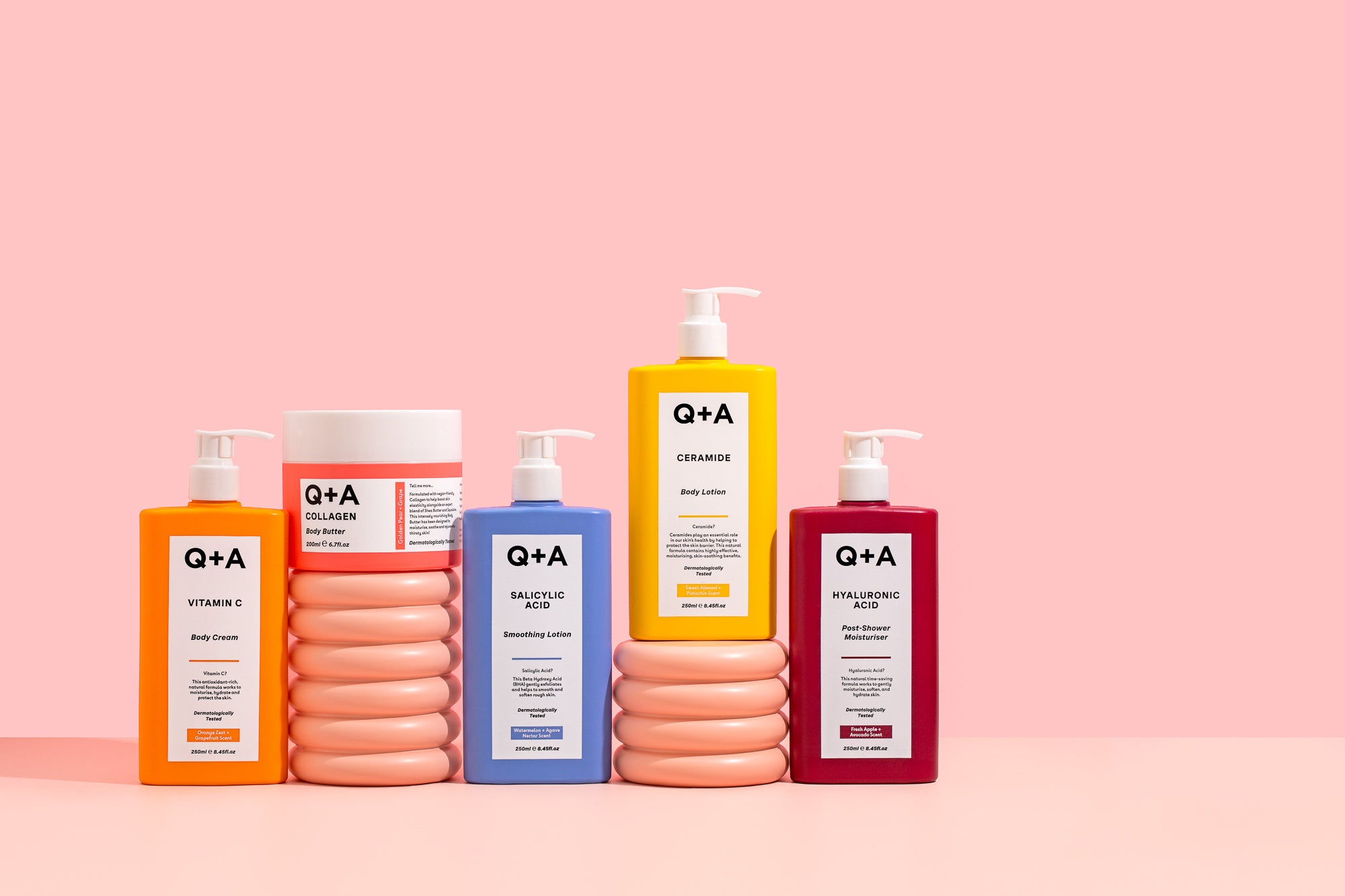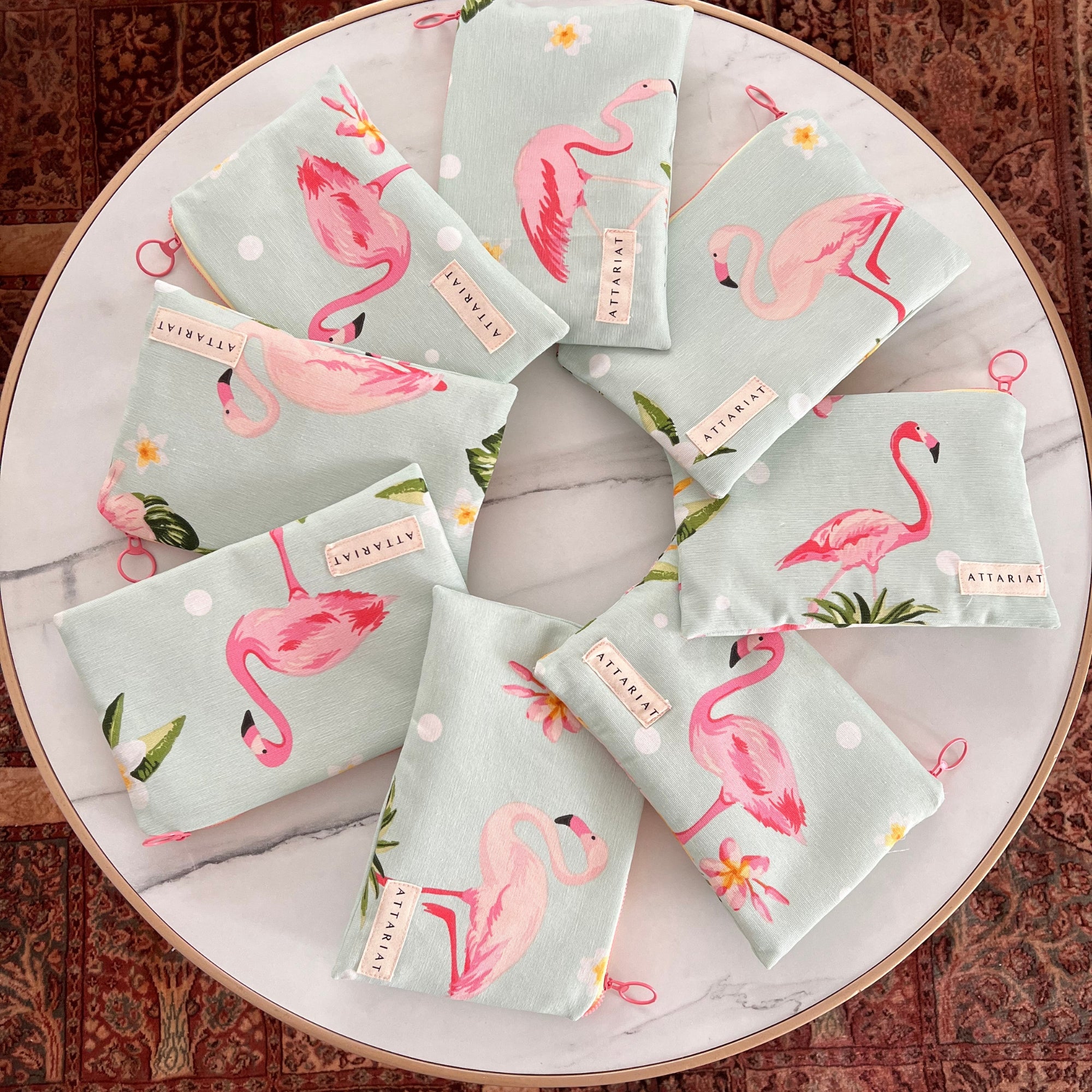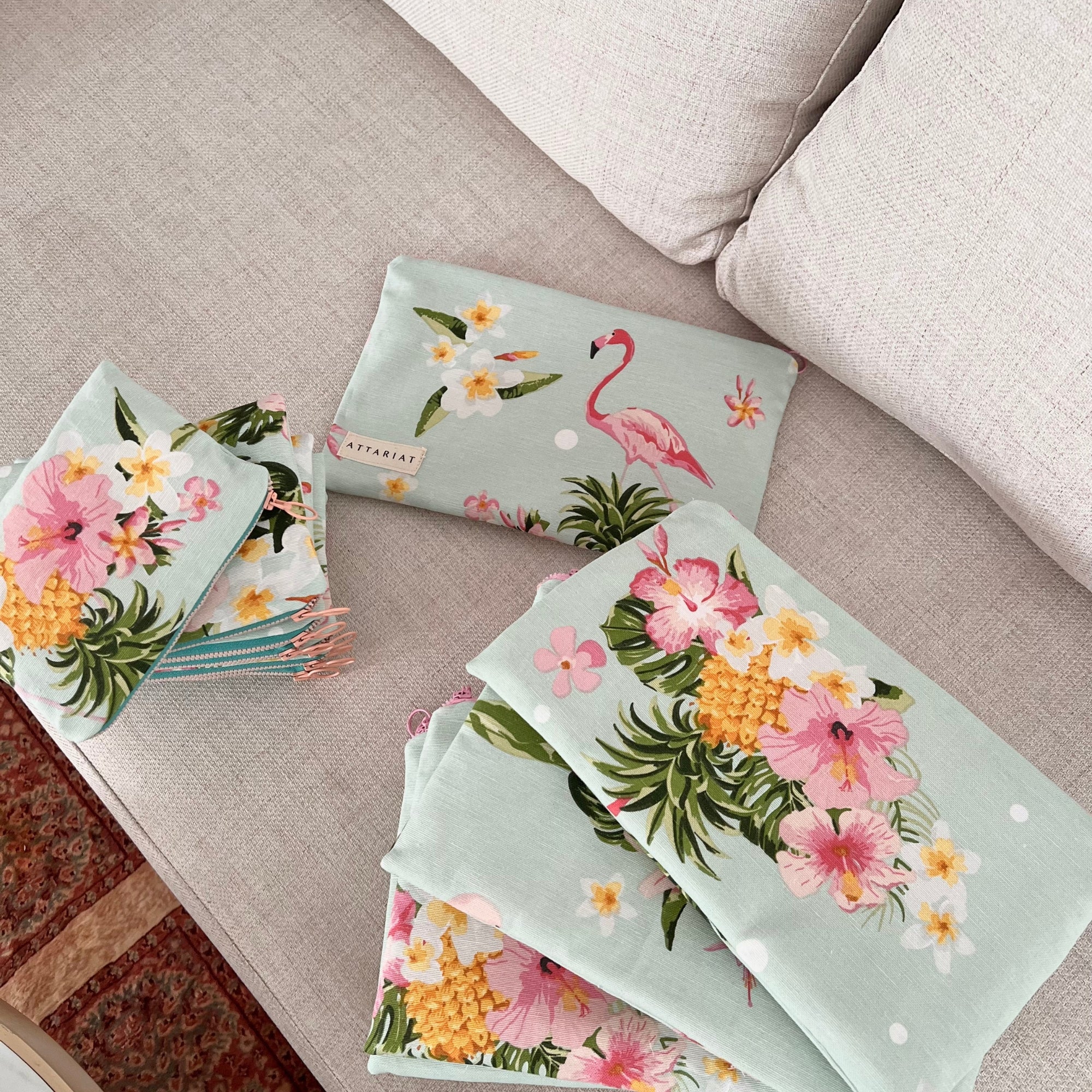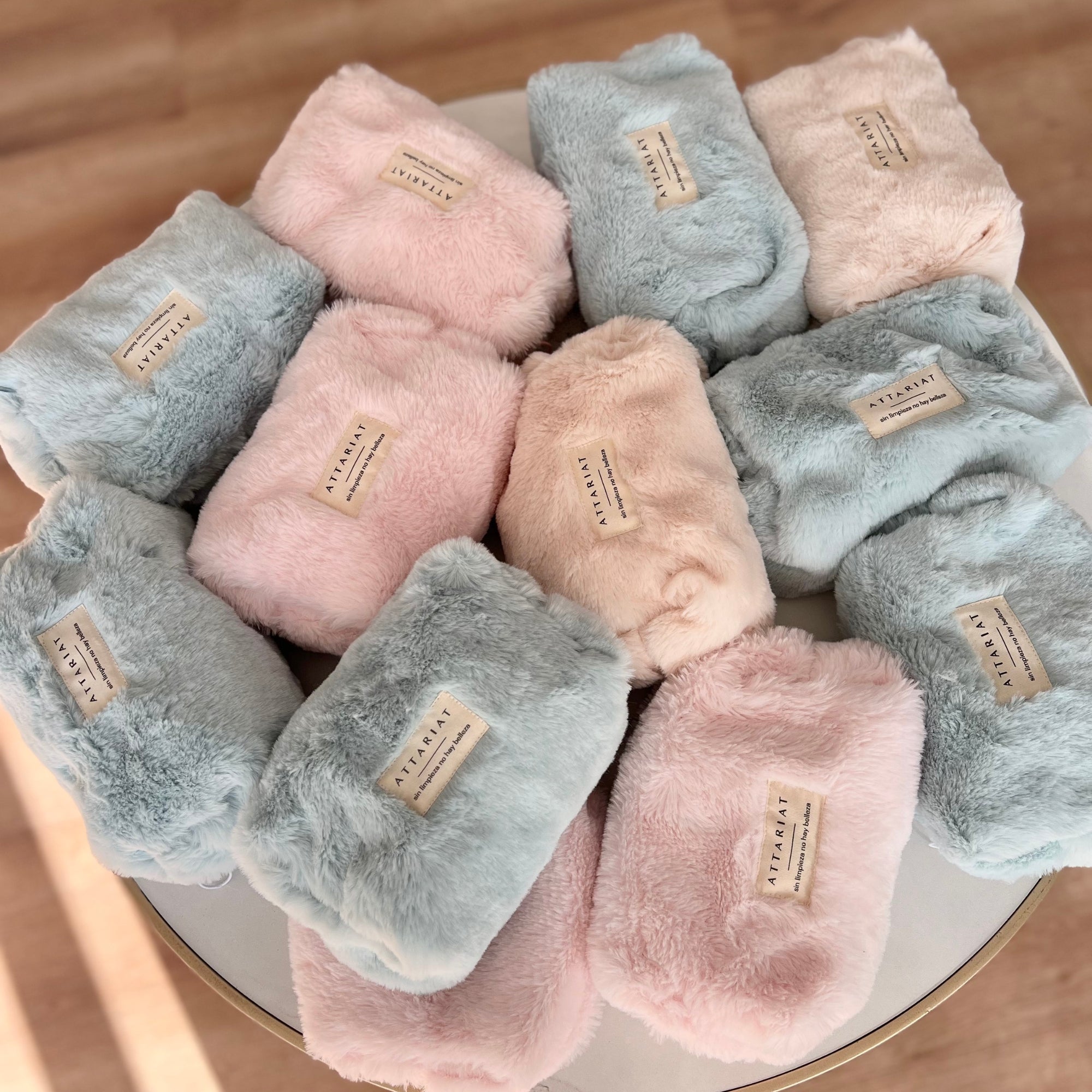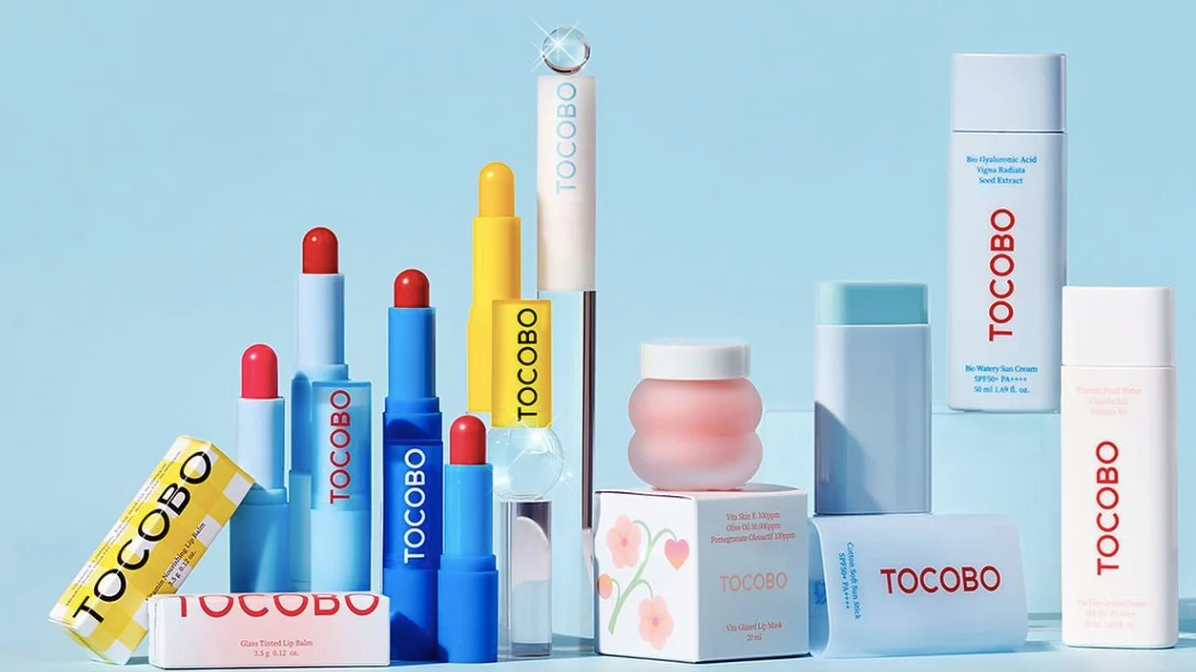When buying sunscreen, we must not only consider the degree of protection it provides, but also the type of sun filter it contains. Each type acts differently on the skin and it is also important to know how to choose the most suitable one for your needs.
Types of sunscreen
Physical or Mineral
They act by reflecting sunlight. They create a white screen on our skin that does not allow light to penetrate. Their greatest advantage is that they are not absorbed and perhaps their disadvantage is that they leave the skin slightly pale. The most commonly used are zinc oxide and titanium dioxide .
In an attempt to eliminate this “white face” effect, the size of the particles at a microscopic level (nanoparticles) has been reduced. This has the associated problem that, given their size, they are absorbed by the skin and are extremely difficult to control. They could enter the bloodstream and tissues, causing alterations at a cellular level. Most physical filters do not contain nanoparticles.
This is why it is difficult to find a sunscreen with a physical filter and a high protection of 50. The “whitening effect” on the skin would be too obvious and is usually difficult to remove as well. Normally, mineral filters reach protection of up to 30 for both the face and the body.
One trick to avoid that “whitening effect” is to mix your sunscreen with a tinted or illuminating cream.
Chemicals
They work by transforming radiation into heat. Their greatest advantage is that, on a cosmetic level, they are very pleasant to use and do not leave any residue or the "whitening effect". Their disadvantage is that the skin absorbs them and they can sometimes cause allergies. The most commonly used: Octylcrylene, Octinoxate , Avobenzone , Oxybenzone and Octisalate.
Natural
There are vegetable oils that protect the skin naturally, such as: coconut oil, avocado oil, hazelnut oil, cottonseed oil, etc. They are antioxidant substances that prevent the formation of free radicals , thus avoiding certain effects of solar radiation on our skin. Added to a formulation, they provide extra protection and very beneficial nutrients, and can even be used before using sunscreen to keep our skin in better condition. Their protection factor is usually low, so they are used as enhancers and assistants for other sunscreens , which is why it is never recommended to replace a filter of those described above with a natural one.
Tips for the correct use of sunscreen
And don't forget these simple tips for using sunscreen correctly :
1.- Apply a good layer of protector.
2.- Reapply the protector several times a day, especially after bathing, drying with a towel or sweating.
3.- Avoid direct exposure during the central hours of the day – 12.00 / 16.00 – as your skin will burn very quickly and the sunscreen will probably not be completely effective at these times.
4.- Use a high protection factor, at least 30.
5.- Avoid tanning oils and sunscreens with low filter and “tanning effect”.
6.- Children's skin is much more sensitive. Protect them with appropriate clothing and sunscreen.
And remember that you should always use sunscreen no matter the time of year or place.

